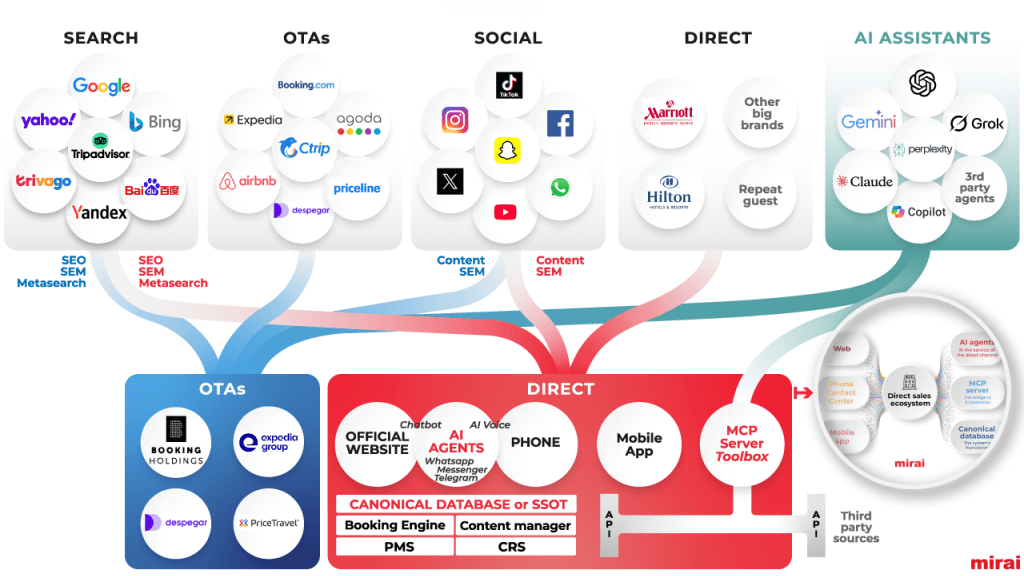
Smart hoteliers implement dynamic pricing, but very smart hoteliers combine it with a strategy for reaching the top positions on OTAs. Dynamic pricing is crucial for hotels looking to maximize revenue and occupancy rates. However, great prices alone won’t have the full effect if your listings are not seen due to a low ranking on OTA search results.
NB: This is an article from Otamiser
Subscribe to our weekly newsletter and stay up to date
This blog explores the power of combining dynamic pricing with OTA ranking optimization. Read on to become a very smart hotelier!
Understanding Dynamic Pricing
Dynamic pricing, or demand pricing, is a flexible approach that adjusts the price for hotel rooms to reflect changing market conditions. This strategy helps hotels optimize revenue opportunities and manage occupancy effectively by selling rooms at the best possible rates at the right times.
Linking Willingness to Pay with Dynamic Pricing
Dynamic pricing models leverage data analytics to understand consumer behavior and willingness to pay, aligning room rates accordingly to enhance customer satisfaction and drive more bookings. In behavioral economic terms; this moves the consumer surplus towards the hotelier. Using an RMS allows for more precise adjustments that closely match what guests are willing to spend, optimizing both revenue and guest experience.
Why Hotels Need Both Dynamic Pricing and Online Visibility
It’s evident that a hotel’s financial and operational performance can be compromised when focusing solely on dynamic pricing or online visibility. Without the harmonious interplay between the two, the potential of reaching and converting the maximum number of guests remains unrealized. On the one hand, without robust online visibility, the nuanced pricing strategies may not effectively reach the intended audience. On the other hand, an enhanced online presence without the backing of dynamic pricing fails to capitalize on the fluctuating market demand, possibly leading to missed revenue peaks or pricing that repels guests during quieter times.




